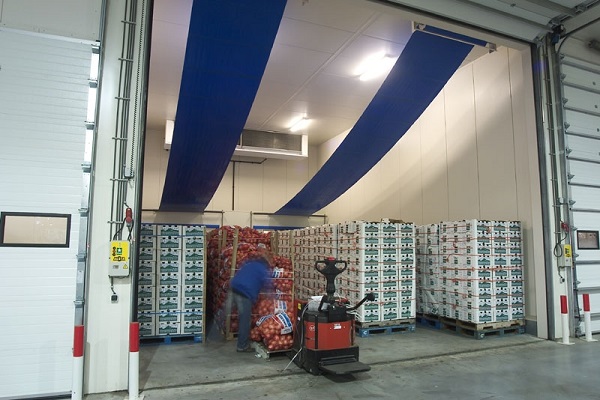A large number of studies on salinity in hydroponic systems have been carried out, but few of them have evaluated the interaction between salinity and nutrient solution temperatures. In Brazil, two experiments were carried out in a randomized block design from January to February (Experiment I) and June to July 2018 (Experiment II).
Experiment I consisted of treatments with five combinations, as follows: unheated (control) and heated nutrient solution (NS) at a temperature of 32°C using fresh water with an electrical conductivity (ECw) of 0.3 dS m−1, and unheated and heated NS at temperatures of 30 and 32°C using brackish water with an ECw of 6.5 dS m−1 in the main plots, with two coriander cultivars (Tabocas and Verdão) in the subplots, which were grown in the same hydroponic channel. The cultivar Verdão was grown in Experiment II in a 2 × 2 factorial arrangement, consisting of two NS temperatures (unheated and heated at 30°C) and two ECw levels (0.3 and 6.5 dS m−1).
“Coriander cultivation is feasible with heated NS despite decreases in shoot fresh matter production compared to the control of approximately 37% for Experiment I (cultivar Verdão at a temperature of 32°C and using fresh water) and 17% for Experiment II (temperature of 30°C and using fresh and brackish waters) at 25 days after transplanting,” the researchers conclude.
Read the complete article here.









